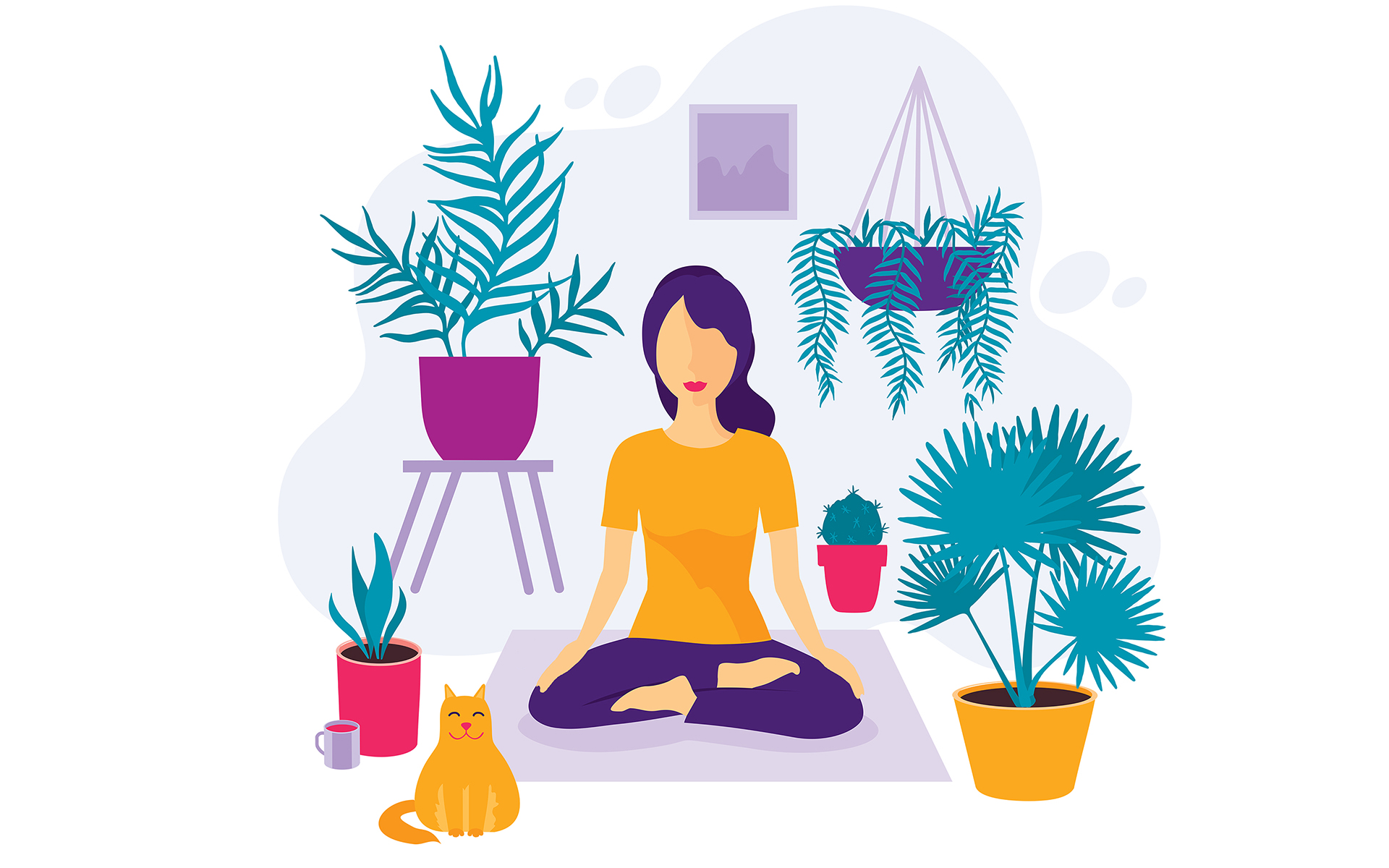How to Meditate? Tips for Creating Your Suitable Meditation Area
How to Meditate? Tips for Creating Your Suitable Meditation Area
Blog Article
Just How to Meditate: A Step-by-Step Technique to Achieving Mindfulness and Calmness
Reflection serves as an effective device for achieving mindfulness and emotional calmness in a fast-paced world. By comprehending the basic principles and methods associated with meditation, people can grow a practice that enhances their general health. This conversation will certainly lay out necessary actions, from producing a helpful setting to integrating reflection into daily routines. As we explore these elements, it ends up being clear that the journey to mindfulness is not simply concerning the act of being in silence, yet rather about fostering a much deeper connection with oneself and the world around us. What might this improvement involve?
Comprehending Meditation
Understanding meditation involves understanding its fundamental concepts and strategies, which function as the structure for the method. At its core, meditation is a mental exercise aimed at advertising leisure, developing interior energy, and developing compassion and understanding. The technique motivates individuals to focus their focus, frequently through techniques such as deep breathing, visualization, or rule repeating.
Reflection can be categorized into numerous styles, including mindfulness, transcendental, and loving-kindness reflection, each with distinctive functions and approaches. Mindfulness meditation stresses present-moment awareness and non-judgmental monitoring of sensations and ideas, while transcendental reflection includes using specific concepts to transcend common mind. Loving-kindness reflection focuses on creating a mindset of love and compassion in the direction of oneself and others.
Despite the strategy utilized, the primary objective remains regular: to cultivate a much deeper understanding of the mind and its patterns. This self-awareness promotes emotional strength, clarity of idea, and a profound feeling of tranquility (How to meditate?). By recognizing these concepts and techniques, individuals prepared for a successful reflection technique that can considerably boost their general well-being
Getting Ready For Your Method
Prior to beginning your reflection technique, it is essential to create an atmosphere favorable to concentrate and relaxation. Ensure that the area is tidy and cost-free of clutter, as a tidy setting can help remove the mind.
Think about the lights, as all-natural light can boost your state of mind and power. Soft, cozy lighting is typically a lot more relaxing than rough fluorescent lights. Additionally, choose a comfortable temperature, guaranteeing that you are neither as well hot nor as well cold.
Incorporating elements that promote tranquility can even more boost your experience. This might consist of soft paddings or coverings for convenience, in addition to calming aromas from essential oils or incense. It can also be valuable to have actually a timer set for your meditation session to stop disturbances from clock-watching.
Basic Meditation Techniques

Another reliable strategy is body check reflection. This involves psychologically checking your body from head to toe, observing any kind of locations of tension or see discomfort and purposely kicking back those muscles. This method fosters a deeper connection in between your body and mind.

Lastly, loving-kindness reflection concentrates on growing empathy towards yourself and others. Quietly repeat phrases of a good reputation, improving psychological health and interconnectedness. Each of these strategies works as a foundation for your meditation trip, allowing you to find the method that reverberates best with your individual method.
Maintaining Emphasis and Mindfulness

Developing a specialized reflection area can improve the capability to maintain mindfulness. A quiet, uncluttered environment minimizes interruptions, enabling much deeper immersion in the method. Furthermore, setting a time limit can help take care of assumptions; beginning with shorter sessions might alleviate the shift into longer practices.
Utilizing strategies such as body scanning or observing experiences can likewise reinforce mindfulness. These methods urge practitioners to remain present and involved with their physicality, securing their attention in the moment. Regular practice is vital; the mind constructs strength in time, creating a stronger capacity for emphasis.
Incorporating Meditation Into Day-to-day Live
Integrating meditation right into life can transform routine tasks right into opportunities for mindfulness and self-reflection. By incorporating mindfulness methods right into typical jobs, people can cultivate over at this website a better sense of visibility and serenity among the busyness of day-to-day life.
Begin by determining moments throughout your Learn More Here day where you can stop briefly and practice mindfulness. For example, during your early morning commute, focus on your breath or the experiences of the atmosphere around you. In the kitchen area, strategy food preparation as an introspective method, savoring the structures, colors, and scents of the active ingredients. Even ordinary tasks like washing meals or strolling can become chances for reflection by routing your attention to the feelings of activity and the sounds surrounding you.
Additionally, reserving specialized times for reflection can strengthen its technique. Beginning with brief sessions, gradually increasing duration as you end up being a lot more comfy. Usage suggestions or cues-- like a particular time of day or a soothing noise-- to develop consistency.
Ultimately, the objective is to weave mindfulness right into the fabric of every day life, allowing you to come close to each minute with intent, thus improving your overall feeling of health and quality.
Final Thought
In final thought, effective reflection requires a quiet setting, a comfy position, and a focus on the breath. Normal reflection, even in brief sessions, promotes a much deeper link to the present moment, eventually leading to greater calmness and mental clearness in daily life.
Meditation can be categorized into different designs, consisting of mindfulness, transcendental, and loving-kindness reflection, each with unique functions and approaches. Mindfulness reflection emphasizes present-moment recognition and non-judgmental observation of thoughts and sensations, while copyright entails the use of details rules to go beyond ordinary thought procedures.With your reflection area prepared, it's time to explore different fundamental meditation strategies that can help grow mindfulness and internal peace.Regularly preserving emphasis and mindfulness throughout reflection can be tough, specifically for those new to the practice.Establishing a devoted reflection space can improve the capacity to maintain mindfulness.
Report this page